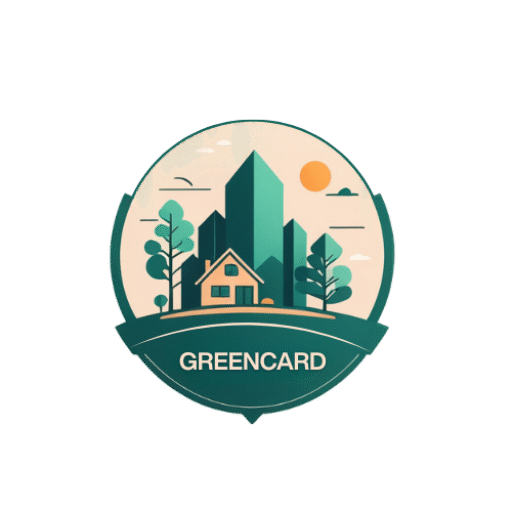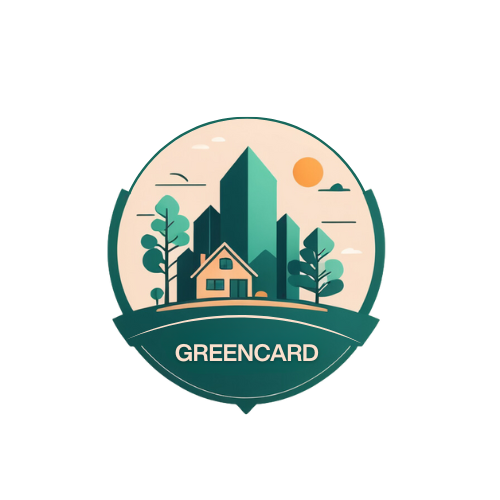In today’s sustainability-driven world, achieving a globally recognized eco certification isn’t just good for the planet—it’s good for business. These certifications, such as LEED (Leadership in Energy and Environmental Design), BREEAM (Building Research Establishment Environmental Assessment Method), and EDGE (Excellence in Design for Greater Efficiencies), offer proof that a project or organization meets international standards for environmental responsibility. But how do you go from ambition to certification? Here are the key steps:
“Sustainability is no longer about doing less harm. It’s about doing more good.”
— Jochen Zeitz, CEO of Harley-Davidson & sustainability advocate
1. Understand the Certification Requirements
Each certification has its own framework, categories, and scoring system. Start by researching the options and selecting the one that best fits your project or organizational goals. For example, LEED focuses on areas like energy, water, and materials, while EDGE emphasizes cost-effective green building in emerging markets.
2. Engage a Sustainability Consultant
An experienced consultant can help interpret the criteria, align your project goals, and map out a realistic plan for compliance. Their expertise ensures that you don’t waste time or money chasing points that won’t yield significant results.
3. Conduct a Baseline Assessment
Before making improvements, you need to understand where you stand. This involves auditing current operations, material usage, energy performance, and environmental impacts. It forms the foundation for your action plan.
4. Integrate Sustainable Design and Practices
Whether you’re retrofitting an old building or starting a new one, incorporate sustainability into every aspect—from site selection and building orientation to HVAC systems and water reuse. The earlier you integrate green thinking, the more efficient (and cost-effective) the process becomes.
5. Document Everything
Certification bodies require detailed documentation as evidence. This includes design drawings, performance data, material specifications, and photographs. Good documentation not only supports your application but also serves as a resource for future improvements.
6. Submit for Review and Certification
Once all requirements are met and documentation is compiled, submit your project to the certifying body. There will be a review process, often involving feedback, clarifications, or additional submissions.
7. Celebrate and Communicate
After receiving your certification, share the news! It’s a valuable marketing tool, builds credibility, and shows stakeholders your commitment to sustainability.
Achieving eco certification is a journey of purpose, strategy, and long-term value. It’s not just about compliance—it’s about creating a lasting, positive impact on the world.

